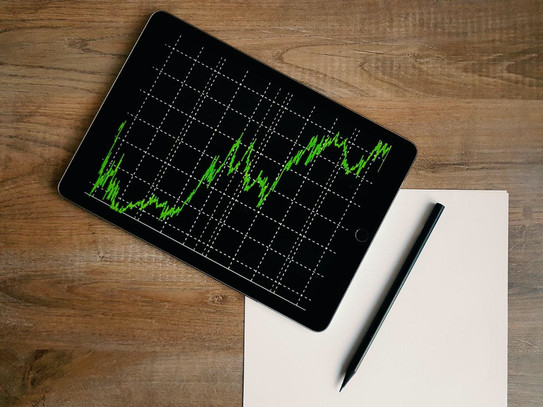There’s a lot of trading education out there, but keep in mind that trading has a strong psychological component to it, so knowing yourself and what style suits you is very important in the long run. More specifically, there are six types of Forex trading. Here’s what you need to know about each:
1. The scalper
Are you looking for quick profits, and you’re good at making decisions in the blink of an eye? Then you might be a scalper. In Forex trading, scalping is a strategy that involves making a profit from small price changes and holding positions for as little as a few minutes or even a few seconds. Scalpers are usually active at the busiest and most liquid hours of the market.
Pros of scalping
- No overnight risk
- Short-term profits
Cons of scalping:
- It’s a highly active trading style, which is not for everyone
- You have to be at your computer for a few hours a day to observe the fluctuations in commodity prices
2. The day trader
Although day trading isn’t as fast-paced as scalping, this is still a short-term strategy. Day traders close positions at the end of the trading day and don’t hold their positions overnight. Again, this trading style is suitable for people who don’t crack under pressure, can make decisions fast, and have a good spirit of observation.
Pros of day trading:
- Low capital requirements
- Since you’re not holding the assets overnight, your profits won’t be affected by any news or events that happen after the market closes
Cons of day trading:
- You have to be able to adapt quickly
- It requires a daily commitment (15, up to 40 hours a week)
3. The swing trader
Although swing trading is still a short-term trading strategy, it’s not as demanding as scalping and day trading because you’re holding on to your assets between one and seven days. In general, swing trading is recommended for people who are looking for short term profits but can only do this part-time.
Pros of swing trading:
- Normal intraday moves don’t affect your profits as much as in the case of scalping or day trading
- Because it’s less demanding, you can balance swing trading with a full-time job
Cons of swing trading:
- It requires you to be familiar with the principles of technical analysis
- Normal fluctuations can seem alarming from one day to another and might make you prone to emotional trading
4. The position trader
With position trading, we’re already entering the area of long-term trading, since this strategy means holding on to your assets for weeks, months, even years. If you already have a busy full-time job or simply don’t want to spend every day worrying about price fluctuations, this strategy is for you. The goal of position trading is to make a profit in the long run , but it does require analytical skills.
Pros of position trading:
- You’ll spend less on commissions and fees
- You don’t need to spend that much time in front of screens
- You’re less likely to react negatively to small fluctuations
Cons of position trading:
- You won’t make short term profits, so you need to be patient
- You need to be familiar with fundamental analysis and develop great analytical skills
5. The algorithmic trader
Do you love computers and want to implement technology in every aspect of your life, including trading? Then you should consider algorithmic trading, a trading style that is all about using dedicated software and mathematical models to buy and sell on your behalf, based on your initial instructions.
Pros of algorithmic trading:
- Works well with scalping
- It allows for quick and easy execution of orders
Cons of algorithmic trading:
- It still requires human intervention from time to time
- Can cause a loss of liquidity
6. The event-driven trader
The Forex trading market, just like the stock market, is influenced by external events, and in general, it’s a good idea to be aware of the political and economic content before executing a trade. However, event-driven traders base their entire strategy around these events and use to forecast market movements and make a profit. This trading style is for highly analytical traders who love to explore the relationship between the prices of commodities and global and local events. Event-driven trading isn’t unique to currencies. It can apply to CFDs too, and CFDs can be based on currencies , indices, and stocks.
Pros of event-driven trading
- Event-driven traders are very informed, and thus less likely to be influenced by emotions
- You can learn to make a profit even in unstable markets
Cons of event-driven trading
- It requires years of training and constant monitoring of the news
- It’s harder to pick up by beginner traders
Do you choose your trading style, or does the trading style choose you?
The answers to this can be quite divisive in the Forex trading community. At first, when you’re just starting your trading journey, your trading style will inevitably have to reflect your personality and lifestyle. For example, if you’re a busy person and don’t want to start in a fast-paced environment, day trading or scalping can be very intimidating and stressful. If you’re looking for quick profits and don’t want to delve into fundamental trading principles, then position trading and event-trading can come across as too complicated. First, choose a style that you’re comfortable with. Then, as you gain more experience and confidence, you can start experimenting with new styles that are outside your comfort zone, but you should still be careful and prevent emotions from getting the better of you.





